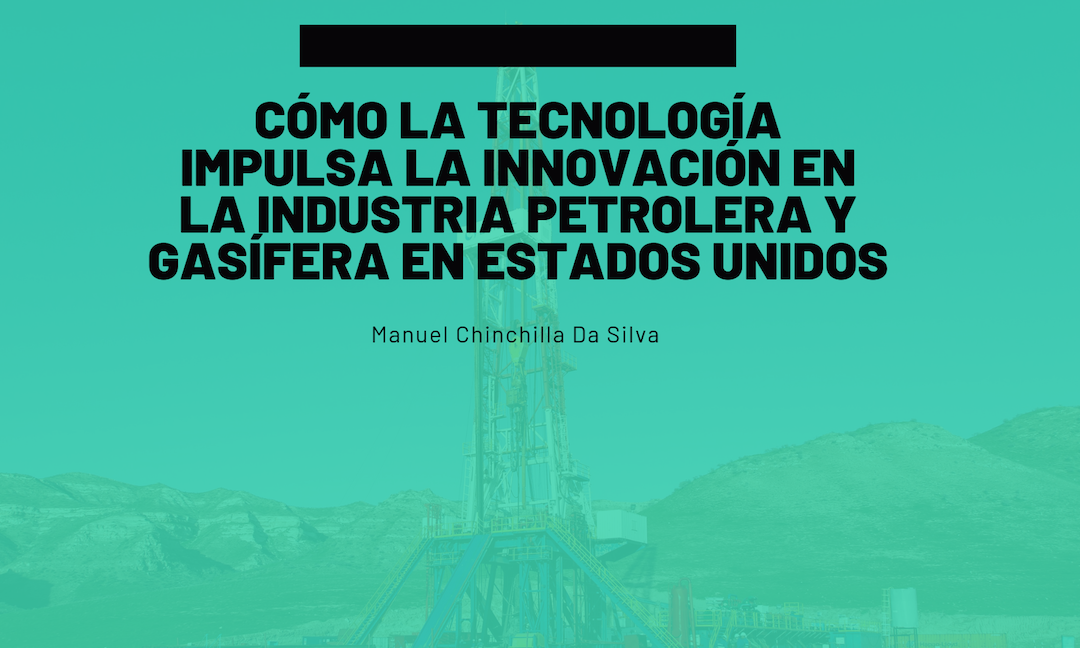The United States oil and gas industry is booming. Surprisingly, US exports of petroleum products increased by 300% between 2005 and 2015. The United States Energy Information Administration predicts that the American Union will become a net energy exporter by 2020. Production and Natural gas exports, in particular, are reaching record levels. What exactly drives this impressive increase?
The technology has clearly allowed an impressive growth in the production of natural gas, or what is the same, the ” Shale Revolution “. The United States has large reserves of shale gas, that is, gas trapped in fine-grained sedimentary rock. The new technologies related to hydraulic fracturing or “fracking” and horizontal drilling are allowing producers to access reserves found in places where it was not profitable to do so before. While technology has already generated a notable increase in production, it could be said that the technological revolution in the oil and gas industry is just beginning.
Several companies are using robots to perform inspections and repairs in the hostile marine environment. Equinor, the Norwegian company formerly known as Statoil, has come a long way, to the point of creating the world’s first fully automated platform, Oseberg H. The platform does not have habitable facilities, does not even have bathrooms, and only requires a few visits Annual maintenance.
La ExxonMobil se asoció recientemente con el Instituto de Tecnología de Massachusetts (MIT, por sus siglas en inglés) para diseñar robots que utilizarán la Inteligencia Artificial (IA) para participar en la exploración de aguas profundas. La inteligencia artificial tiene que ver con computadoras que realizan actividades asociadas con la inteligencia humana, tales como aprender, procesar, planificar, detectar o comunicar. El objetivo es que estos robots funcionen de forma autónoma para superar obstáculos y evitar problemas mientras recopilan los datos deseados. BP también está invirtiendo en inteligencia artificial para crear una imagen sólida de los activos del subsuelo de la compañía. Varias empresas también están utilizando la inteligencia artificial to predict weaknesses and possible equipment failures, which could generate significant savings, as well as avoid production losses
While the oil and gas industry may not be the first thing that comes to mind when people hear the term “digital transformation”, this industry was one of the first to adopt sensors, automation and data analysis. A greater investment in digital technology promises to reduce maintenance costs and improve the productivity of this booming industry.

